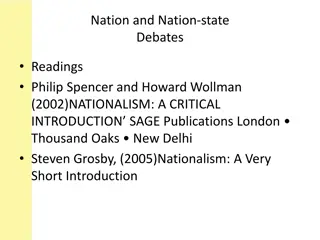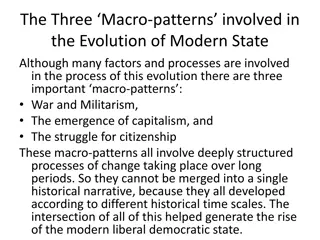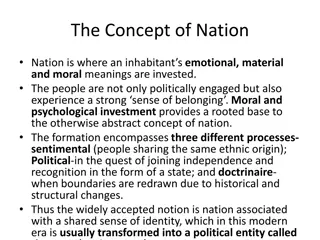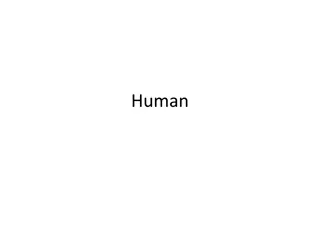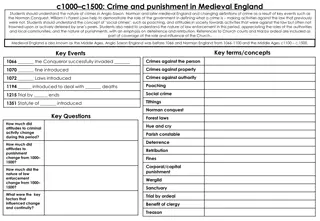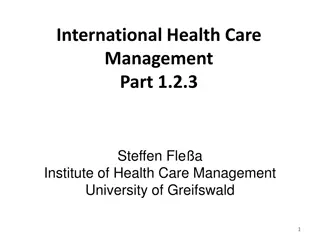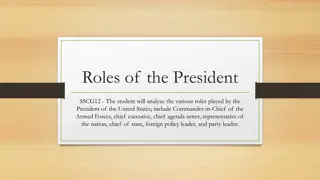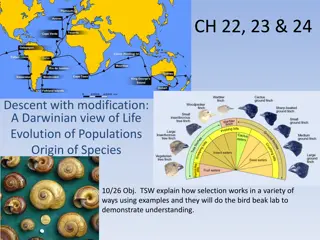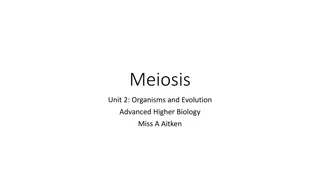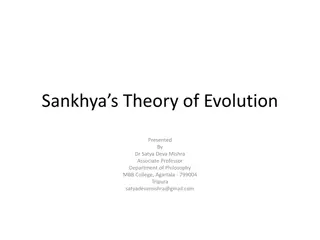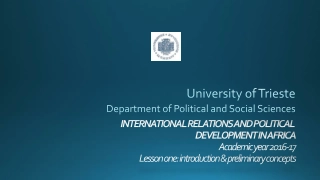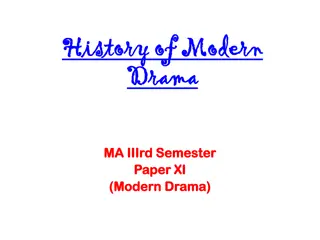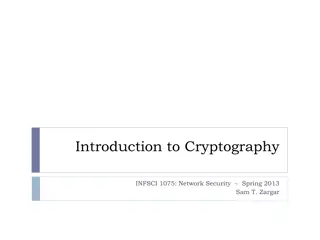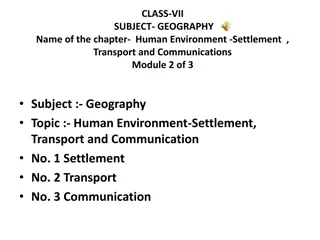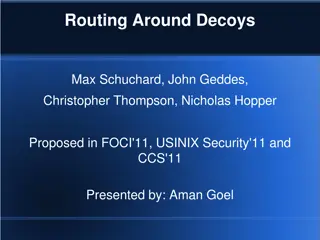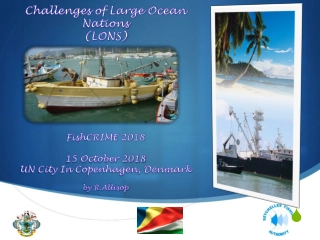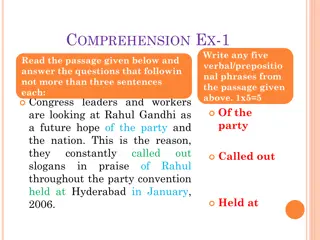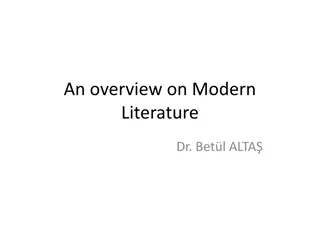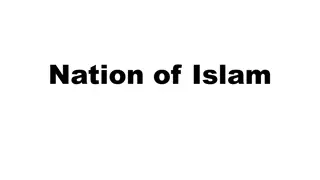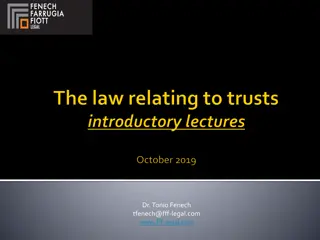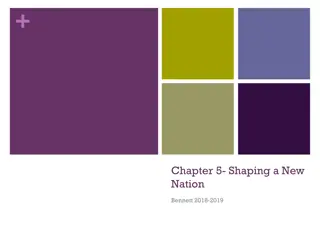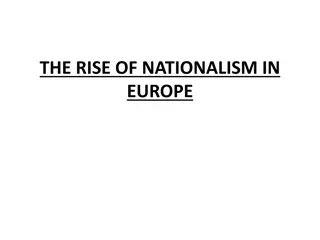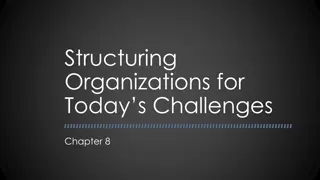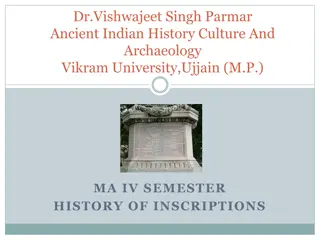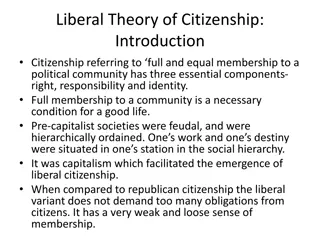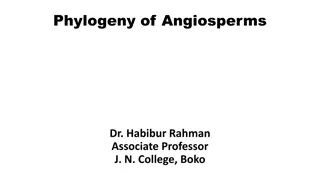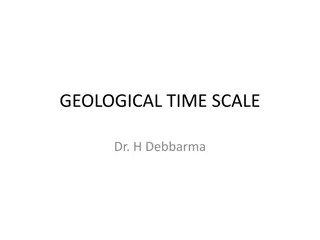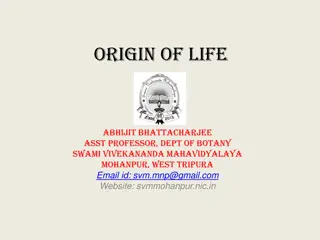Evolution of the Nation-State and Modern State Concepts
The development of the nation-state marks a significant shift in political organization, characterized by centralized power, territoriality, and legitimacy gained through citizen support. Key innovations include territorial demarcation, monopolization of coercion, impersonal power structures, and the rise of legitimacy through citizen consent. The modern state embodies two key notions: a circumscribed system of power and a democratic political community where rulers are accountable to citizens. The distinction between the concepts of nation-state and nationalism is crucial for understanding the administrative unification over defined territories versus cultural and political commonalities among people.
- Nation-state evolution
- Modern state development
- Political organization
- Territory demarcation
- Democratic governance
Download Presentation

Please find below an Image/Link to download the presentation.
The content on the website is provided AS IS for your information and personal use only. It may not be sold, licensed, or shared on other websites without obtaining consent from the author. Download presentation by click this link. If you encounter any issues during the download, it is possible that the publisher has removed the file from their server.
E N D
Presentation Transcript
The Development of the Nation-state Modern states developed as nation-states with political apparatuses, distinct from both ruler and ruled, with supreme jurisdiction with a demarcated territorial area, backed by a claim to a monopoly of coercive power, and enjoying legitimacy as a result of a minimum level of support or loyalty from their citizens. Some prominent innovations: Territoriality: Although all states have made claims to territories it is only with the modern states system that exact borders have been fixed Control of the means of violence: The claim to hold a monopoly on force and means of coercion (sustained by a standing army and the police) became possible only with the breaking down of rival centres of power and authority in the nation-state. It was not fully attained until the 19th century
Some most Prominent Innovations (Contd.) Impersonal Structure of Power: The idea of an impersonal and sovereign political order which is a legally circumscribed structure of power with supreme jurisdiction over a territory could not prevail while political rights, obligations and duties were conceived as closely tied to religion and the claims of traditionally privileged groups. This matter remained in contention in Europe in the 18th and 19thcenturies. Legitimacy: It was only when claims to divine right or state right were challenged and eroded that it became possible for human beings as individuals and as peoples to win a place as active citizens in the political order. The loyalty of citizens had to be won by modern states which invariably involved a claim by the state to be legitimate in terms of representing the views and interests of citizens.
The Two Notions of the Modern State The above conception of the modern state tends to run together the two notions of the modern state which in principle ought to be kept separate- The notion of the modern state as a circumscribed system of power which provides a regulatory mechanism and check on rulers and ruled alike and The notion of the modern state as a democratic political community in which rulers are representatives of, and accountable to, their citizens. It needs to be emphasized here that the liberal democratic nation-state has come to be the dominant form of the modern state.
Distinctions between the concepts of Nation-state and Nationalism What makes the nation integral to the nation- state is not the existence of sentiments of nationalism but the unification of an administrative apparatus over precisely defined territorial boundaries. The concept of nationalism denoting the existence of symbols and beliefs which create patterns of ethnic, or religious, or linguistic commonality and political ambition should be reserved for highlighting particular types of configuration of peoples and states.
Forms of the Modern State Constitutionalism or the Constitutional State: refers to implicit and/or explicit limits on political or state decision- making, limits which can be either procedural or substantive; that is, specifying how decisions and changes can be made (proceduralism), or blocking certain kinds of change altogether (substantivism). The Liberal State: it became defined in large part by the attempt to create a private sphere independent of the state, and by a concern to reshape the state itself, that is, by freeing civil society- personal, family, religious and business life- from unnecessary political interference, and simultaneously delimiting the state authority. The building blocks of the liberal state became constitutionalism, private property, the competitive market economy and the distinctively patriarchal family.
Forms of the Modern State (contd.) Liberal or Representative Democracy: Liberal democracy means that decisions affecting a community are taken not by its members as a whole, but by a sub-group of representatives who have been elected by the people to govern within the framework of the rule of law. It is distinguished by the presence of a cluster of rules and institutions which are necessary to its successful functioning. Some of these rules and institutions are: i. The constitutional entrenchment of control over governmental policy in elected officials; ii. The establishment of mechanisms for the choice and peaceful removal of elected officials in frequent, fair and free elections; iii. The right to vote for all adults in such elections; and iv. The right to run for public office. v. Besides, there must be an effective right for each citizen to freedom of speech and expression
Forms of Modern State (contd.) One-party or Single-party Polity: The principle underlying one-party polities is that a single party can be the legitimate expression of the overall will of the community. Voters have the opportunity to affirm the party s choice of candidate, or occasionally to choose from among different party candidates. There is a fundamental question as to whether it constitutes a legitimate form of the modern state at all. Because, a single-party system may compromise the idea of a circumscribed and impartial system of power, separate from both ruler and ruled. The first three forms of modern state clearly demarcate the evolution of modern state to reach the form of representative liberal democracy which became the most dominant form.
The Three Macro-patterns involved in the Evolution of Modern State Although many factors and processes are involved in the process of this evolution there are three important macro-patterns : War and Militarism, The emergence of capitalism, and The struggle for citizenship These macro-patterns all involve deeply structured processes of change taking place over long periods. So they cannot be merged into a single historical narrative, because they all developed according to different historical time scales. The intersection of all of this helped generate the rise of the modern liberal democratic state.


